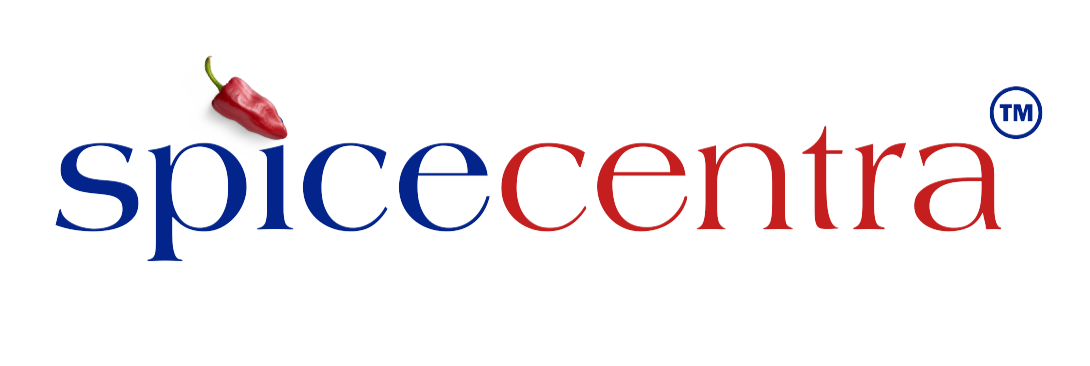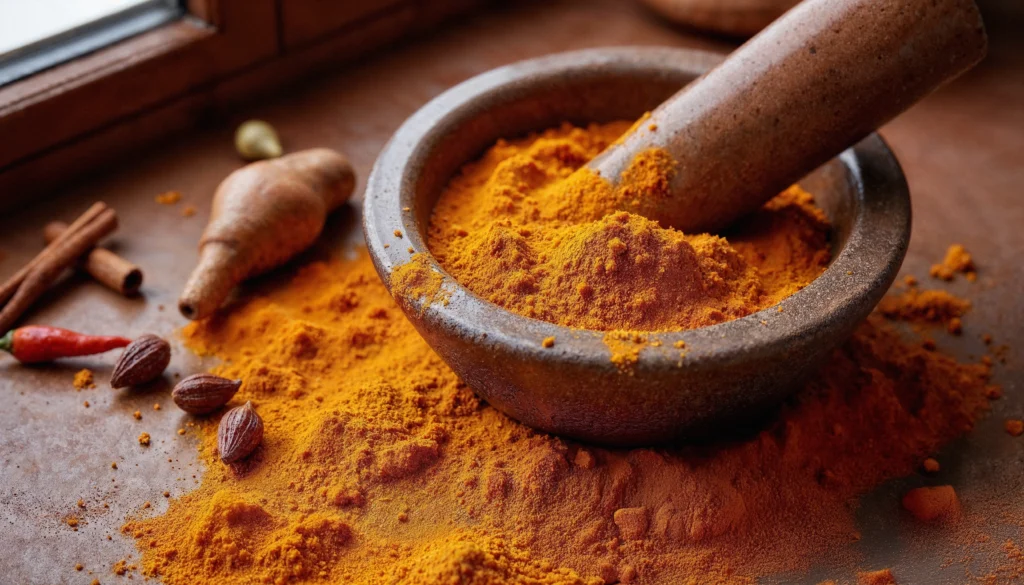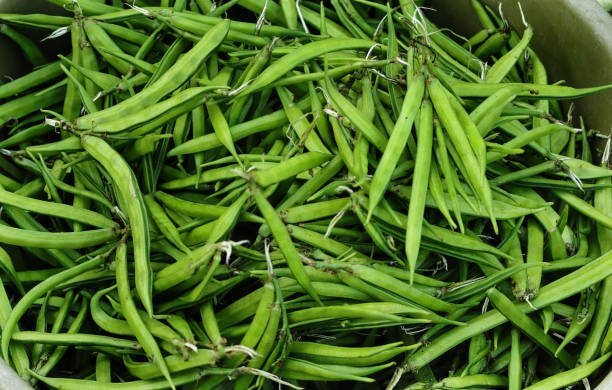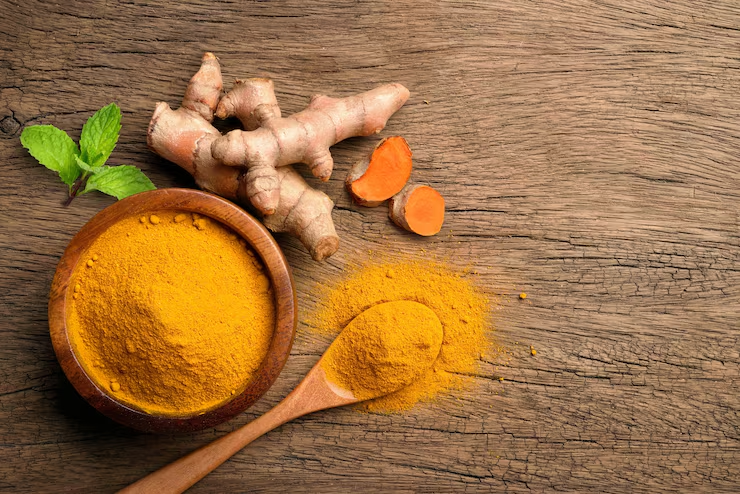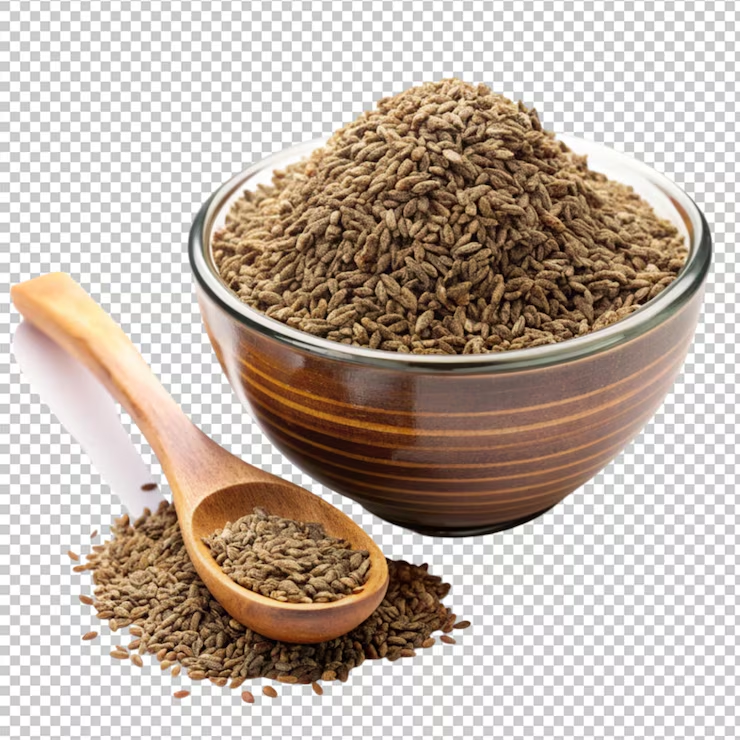India has long been celebrated as the land of spices, and turmeric is one of its most iconic offerings to the global market. Known for its earthy flavor, vibrant yellow hue, and numerous health benefits, turmeric has become a prized commodity across continents. The increasing global demand for organic and high-grade turmeric products has led to a boom in the turmeric export from India. The increasing global demand for organic and high-grade turmeric products has led to a boom in the export turmeric from India. However, to remain competitive and trusted in international markets, maintaining high standards of quality control is not optional—it’s essential.
For any turmeric exporter, ensuring consistent quality across all shipments is key to building long-term trade relationships, meeting regulatory standards, and protecting the reputation of Indian turmeric in the global marketplace. This blog provides a brief yet insightful overview of the measures needed to uphold quality control in turmeric exports, especially for turmeric manufacturers in India.
Why Quality Control in Turmeric Matters
Turmeric is consumed in many forms—powdered, dried, capsules, oils, and extracts. Its uses span the culinary, pharmaceutical, cosmetic, and wellness industries. As the applications of turmeric expand, so do the quality expectations of buyers.
Global importers, especially in regions like Europe, the US, and the Middle East, enforce stringent safety and quality regulations. Pesticide residue limits, microbial safety, heavy metal contamination, and curcumin content are just some of the many parameters evaluated during inspections.
Even minor lapses in quality can lead to shipment rejections, regulatory penalties, and loss of brand trust. That is why a turmeric exporter must not only meet but exceed the international quality benchmarks through robust control systems.
Starting with Raw Material Selection
The journey of quality control begins at the very first stage—raw material sourcing. India’s turmeric-growing regions, such as Erode (Tamil Nadu), Sangli (Maharashtra), and Nizamabad (Telangana), are renowned for their unique turmeric varieties with high curcumin content and rich color.
Turmeric manufacturers in India must ensure that they work closely with farmers who adopt good agricultural practices (GAP). This includes:
- Using organic compost and natural fertilizers
- Avoiding chemical pesticides or using them within permissible limits
- Timely harvesting to maintain essential oil and curcumin levels
Sourcing turmeric rhizomes that are free from mold, bruises, and insect damage is critical. Quality starts at the farm, and only through careful selection can exporters avoid major quality risks later in the supply chain.
Sorting, Cleaning, and Drying
Once harvested, turmeric rhizomes need to go through an initial stage of processing before conversion into powders or packaged forms. This includes:
- Sorting: Removal of immature or damaged rhizomes
- Boiling: To soften the rhizomes and deactivate the enzymes responsible for undesirable changes in color and odor
- Drying: Controlled drying is crucial. Improper drying can lead to fungal growth and loss of color or curcumin potency
Advanced drying techniques like solar dryers or mechanical dryers are often used by turmeric powder manufacturers in India to ensure uniform dehydration without exposure to contaminants.
Clean processing environments further ensure that the turmeric is not exposed to dust, dirt, or microbes. Stainless steel machinery, hygienic storage bins, and trained personnel help maintain post-harvest quality.
Grinding and Processing Standards
Turmeric powder is one of the most commonly exported forms of turmeric. At this stage, turmeric powder manufacturers in India must follow strict hygiene protocols. All equipment involved in the grinding and packaging process should be cleaned regularly to avoid cross-contamination.
Uniformity in particle size, color, and aroma is important for brand consistency. Advanced equipment like pulverizers and vibratory sieves are used to maintain these standards. It’s equally important to ensure that the processing facility adheres to ISO, HACCP, and FSSAI standards—giving exporters a competitive edge in the global marketplace.
It’s equally important to ensure that the processing facility adheres to ISO, HACCP, and FSSAI standards—giving a turmeric powder exporter a competitive edge in the global marketplace.
Lab Testing for Purity and Safety
This is the most vital checkpoint in the quality control chain. Reliable turmeric exporters conduct lab testing for every batch of turmeric before it is cleared for export. The tests typically cover
- Curcumin Content: High-quality turmeric should have 3% or more curcumin. Organic variants may go up to 5-6%.
- Moisture Content: Should be within 6-8% to avoid fungal growth.
- Microbial Load: Including tests for Salmonella, E. coli, and yeast/mold.
- Heavy Metal Contamination: Ensuring levels of lead, arsenic, cadmium, and mercury are within safe limits.
- Pesticide Residue: Testing to meet import norms of regions like the EU or US.
Certified labs using HPLC (high-performance liquid chromatography) and other advanced equipment provide accurate reports. These test results are often shared with overseas clients to assure them of the product’s purity.
Packaging and Labeling Compliance
Quality control isn’t just about the turmeric itself—it extends to how it is packed and presented. Improper packaging can lead to product degradation during transit. Moisture-resistant, food-grade, and tamper-proof packaging is crucial.
For bulk exports, turmeric manufacturers in India often use HDPE drums or vacuum-sealed pouches with multiple layers. Labeling must include details such as batch number, production date, country of origin, curcumin percentage, and certifications (like USDA Organic, EU Organic, FSSAI, or ISO).
Following packaging regulations also helps comply with destination country laws and prevents customs-related issues.
Certifications and Documentation
In the modern spice trade, documentation is a crucial part of quality assurance. Buyers often request certificates of origin, phytosanitary certificates, and third-party lab reports.
For organic turmeric, certification from recognized bodies like NPOP (National Programme for Organic Production) or USDA is essential. Such certification not only boosts buyer confidence but also allows the turmeric exporter to command higher prices.
Traceability is another aspect where turmeric manufacturers in India are stepping up. Being able to trace a turmeric batch back to the farm it came from helps strengthen transparency and trust with global buyers.
Training and Continuous Improvement
Investing in skilled labor, regular training, and technological upgrades is a long-term strategy to ensure quality control. Workers involved in turmeric sorting, cleaning, and packaging should be trained in hygiene and food safety standards.
Additionally, embracing automation in weighing, sealing, and barcode tracking helps reduce manual errors and enhance consistency.
Some of the leading turmeric powder manufacturers in India are integrating AI-based quality monitoring systems that assess product quality in real time. This kind of innovation is setting new benchmarks for the spice export industry.
The Growing Demand and Responsibility
India holds over 75% share in the global turmeric trade, making quality control not just a business imperative but also a national responsibility. The expanding use of turmeric in health supplements, organic food products, and functional beverages means that global consumers are more attentive to quality than ever before.
By prioritizing quality control, every turmeric exporter contributes to elevating India’s standing in the global spice trade. Adherence to quality doesn’t just protect a shipment—it preserves brand reputation, strengthens buyer relationships, and ensures long-term growth in a highly competitive industry.
Conclusion
The success of turmeric export from India depends on a well-defined and meticulously implemented quality control strategy. From sourcing high-grade rhizomes and hygienic processing to lab testing and compliant packaging, every step must be optimized for excellence. As demand continues to rise, turmeric manufacturers in India must keep evolving their quality practices to match global standards. Those who do will not only meet market expectations but also shape the future of India’s leadership in the spice export sector. With unwavering attention to quality, the journey of turmeric—from Indian soil to international kitchens—will continue to thrive and inspire.
FAQs
Q1. How to export turmeric powder from India?
To export turmeric powder from India, you need an Import Export Code (IEC), registration with the Spices Board and APEDA, and compliance with FSSAI standards. Exporters must also ensure proper labeling, phytosanitary certificates, and country-specific approvals (like FDA for the U.S. or EFSA for Europe). Partnering with a trusted turmeric exporter helps streamline logistics and documentation.
Q2. What is export quality turmeric?
Export quality turmeric refers to turmeric that meets global standards for curcumin content (3–6%), moisture levels (≤12%), and safety parameters such as absence of pesticide residues, heavy metals, or microbial contamination. It is also packaged in food-grade, tamper-proof containers to maintain freshness during transit.
Q3. Who is an exporter of turmeric?
An exporter of turmeric is a business or company that sources turmeric rhizomes, processes them into powder, oils, or extracts, and ships them to international buyers. Exporters must maintain quality standards, secure certifications, and manage documentation to meet global food safety regulations.
Q4. What is quality control in homeware exports and how does it relate to turmeric?
Though a different industry, quality control in homeware exports—like ensuring durability, finish, and compliance—is similar in principle to turmeric exports. Both require adherence to international standards, third-party testing, and strict documentation to ensure buyer confidence and regulatory compliance.
Q5. What is turmeric quality testing?
Turmeric quality testing involves checking parameters such as curcumin content, moisture percentage, microbial load, heavy metals, and pesticide residues. Advanced lab techniques like High-Performance Liquid Chromatography (HPLC) are often used, and results are shared with buyers to assure them of purity and compliance.
